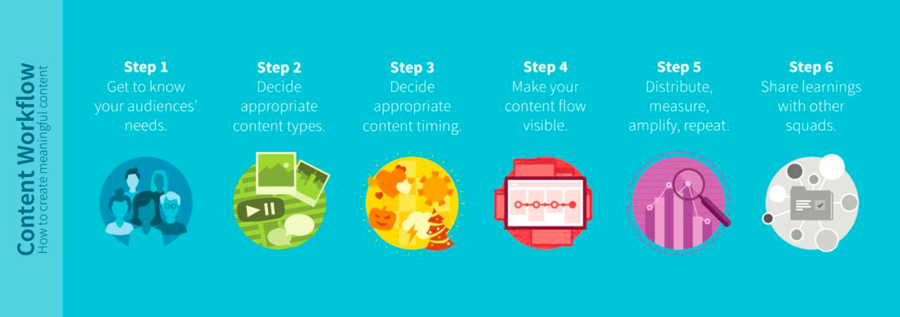AY1516 T2 Team SkyTrek Overview
| Project Description | Data | Methodology |
|---|
Project Sponsor and Background Information
Skyscanner is leading global travel search site offering an unbiased, comprehensive and free flight search service as well as online comparisons for hotels and car hire.
Skyscanner’s flexible search options allows users to browse prices across a whole month, or even a year, allowing users to get the best deals. When you find the perfect deal through Skyscanner, you are redirected to book direct with the airline or travel agent, so you get the lowest price, with no extra fees added.
Skyscanner has been in the travel business for over 10 years, and employs more than 50 different nationalities in its global offices in the Edinburgh, Singapore, Beijing, Shenzhen, Miami, Barcelona, Glasgow, London, Sofia and Budapest. It has over 50 million unique visitors per month who use it to find flights, car hire and hotels in more than 30 different languages.
On its website, Skyscanner has a travel features and news section. This helps attract users to Skyscanner through its content marketing activities. The company constantly publishes news articles relating to travel trends, travel tips, top destinations, best deals and new product features in order to constantly engage its users drive more traffic to the site. The project sponsor is the content manager for APAC at the Skyscanner Singapore office.
Motivation
One on Skyscanner’s goals is to acquire new users and engage its current users through content marketing on its travel features and news site. The goal of the company is to drive more users to the website in order to increase its metric of unique monthly users. This metric has a large impact on revenues as well as the valuation of Skyscanner and similar internet companies. It has been growing at a high quarter on quarter growth rate over the last 2 years and Skyscanner wishes to maintain this high growth rate.
As a lean organization, Skyscanner has limited resources for content marketing and hence must use resources in a way to maximize impact. This impact is measured through page views and engagement metrics. Skyscanner believes in the idea of “Build. Measure. Learn” and hence is constantly conducting experiments such as A/B tests in order to reevaluate and improve its processes.
The Content team has similarly been moving towards a data driven approach over the last year but there is still a lot of room for improvement. Below is the new process flow for content creation. This process is constantly improved through experiments, feedback and learnings.
Objectives
The aim of the practicum is to provide deeper insight into the performance of different content pieces on the Skyscanner travel and news features site.
The client is a content manager who intends to use the results from our analysis in the content planning process in order to make the most optimal use of resources. This will help decide what kind of content is to be created at different times of the year in order to maximize the number of visitors to the Skyscanner news site.
The final deliverables will aim to:
- Identify the different web content factors that affect content performance in order to differentiate between high and low performing content
- Facilitate the content planning process by way of an interactive dashboard
In order to achieve these high level objectives, the project will aim to explore some specific questions in order to find new insights within the content database as well as validate previously held intuitions about the performance of different types of content.
The approach to this would be to formulate a list of hypotheses that would be tested through the different stages of our analysis. A high level overview of each hypothesis is provided in the form of unanswered questions relating to content performance. Some of these questions that will be explored over the course of the project are:
- What are the most popular content themes that resonate with users in each of the given markets namely Singapore, Malaysia and Thailand?
- What are the common attributes that lead to some content pieces drawing in most of the traffic?
- Should the strategic focus be on generating more articles to drive traffic or focus on fewer quality articles?
- What is the role of seasonality and annual trends in the online readership pattern of Skyscanner users?
- How can the content planning process be streamlined in order to create maximum impact with minimal resources?
- Is there an ideal standard format for news articles that best caters to the needs of the users?
